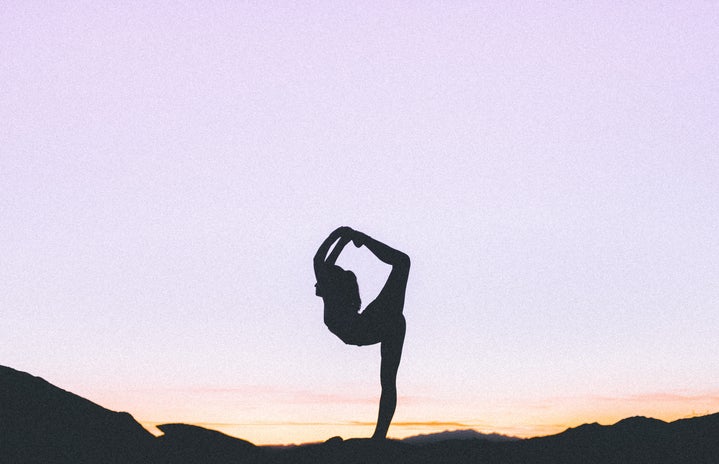College students have a special relationship with coffee. It is the fuel that allows us to pound out ten-page papers in one night, pull an all-nighter studying for a test, and to function in a constantly sleep deprived state. But have you ever thought about the impact that your daily cup (or three) of coffee has on our planet?
Coffee beans are typically grown in tropical areas, and they thrive underneath a shaded tree canopy. Coffee farming practices have always used the agro-forestry method, which involves raising coffee plants in a forest. This technique has many benefits, included enriching the biodiversity and soil of the area. Unfortunately, in the 1970’s, a new technique called sun cultivation was introduced. This involves clearing out the existing forest, and growing the coffee on the resulting plantation. As a result, a monoculture is formed, which greatly harms the biodiversity of the area. Although this technique yields more coffee, it makes the crops more vulnerable to disease, and also requires more fertilizer than agro- forestry crops do. Other detrimental environmental impacts of coffee beans include river pollution from processing plants, and general ecosystem disruption. But, if you still just cannot live without that morning cup of joe, here are some ideas about how to do so in a greener way.
Look at the label– The number of labels on food products today claiming to be ‘natural’ or ‘organic’ can feel overwhelming. But a handful of them can actually help make you a more conscientious consumer. The USDA certified organic labelis one of the most stringent, because farmers are assessed by USDA trained agents regularly to ensure that they are meeting the standards of the label, and that the products contain no GMO’s or artificial preservatives. The Fairtradelabel on coffee means that the farmers who grew the beans were treated in an ethical and equitable way. In terms of labels that help you feel better about protecting the environment, The Smithsonian Bird Friendlylogo certifies that the coffee was grown underneath shade trees that give habitats to birds and increase biodiversity. Lastly, the Rainforest Alliance Certifiedlogo certifies that the coffee was grown on a farm that “protects workers, wildlife, and communities”
https://www.pexels.com/photo/hand-fruits-rural-gardening-92354/
Ditch the K-Cups-If you’re like me and was drawn to the ease and convenience of Keurig coffee maker, you’re not alone. Around one in three homes in America has some kind of pod based coffee brewer. Though the company claims that the pods are recyclable, the creator of the K-Pod himself was quoted in a 2015 Atlantic article saying that the pods will never truly be recyclable and that he regrets introducing them to the world.
Though switching to using a different style of coffee maker would be ideal, if you really cannot part with your beloved Keurig, consider buying a reusable K-Pod cup. They are most likely available at your local Kroger or Target (if for some reason you need four, you can find them on Amazonfor $8 total). Reusable K-Cups come in a variety of sizes, so if you accidentally bought the Keurig that brews an entire pot of coffee (like me), you can buy can extra big one. Not only are they good for the environment, but they are much cheaper in the long run. With a reusable filter, you can buy a regular bag of coffee every few weeks, instead of the overpriced box of 24 K-Pods.
Think about power-Be conscientious of how much energy your coffee making process requires. Try to unplug your coffee maker when you’re not home, and consider trying a new method that uses let energy, like pour over coffee.
Invest in a reusable cup!This should be a no brainer at this point, but bring a reusable coffee cup everywhere you can. It saves a cup from going into the landfill, and you can often get a discount on your coffee!
Sources: https://static.nytimes.com/email-content/CLIM_11647.html?nlid=73682327
https://www.sustainablebusinesstoolkit.com/environmental-impact-coffee-trade/

